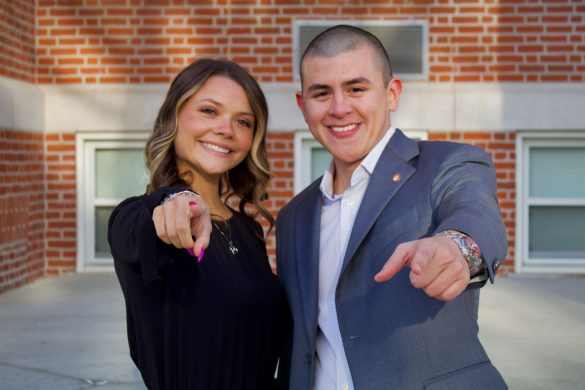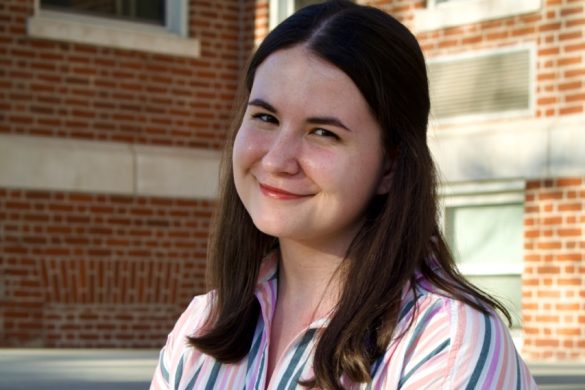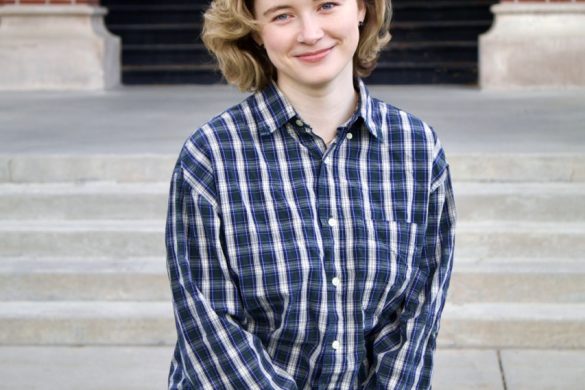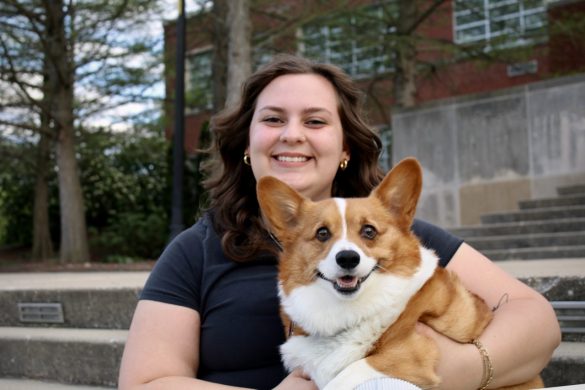Since I was young, animation has always been my preferred method of storytelling. I have been watching animated movies and TV shows for as long as I can remember, and a majority of my favorite shows happen to be animated. Yet, whenever someone asks me what my favorite show is, I find myself too embarrassed to tell them that it is an animated series and not something like “The Office” or “Stranger Things.” I believe this is a result of the stereotypical belief that animation is an inferior form of storytelling, which is more prevalent now than ever.
When people talk about animated content, their minds jump to the conclusion that all animation is made for children. This was even repeated at the Oscars where, during a speech before the Best Animated Feature Film award, one of the hosts said “animated films make up some of our most formative movie experiences as kids.” This was the same Oscars show where “Flee” was one of the nominees, a PG-13 animated documentary about an Afghan refugee. Its competitors were all PG-rated films made by Disney, Pixar and Sony Pictures Animation, and it lost to “Encanto.” For this documentary about a very serious matter to be lumped into the same category as what they described as “formative memories for kids” is really insulting to the hard-working creators of all of these films.
Animation is not just for kids and never explicitly has been. There are many animated films and TV shows that have kids as their primary demographic, but there are plenty of examples of animated content for all ages. Disney movies are the perfect example, as many of them explore stories that appeal to all ages. They may have elements that would appeal to children, such as cute animals or pretty princesses, but multiple Disney movies tell deep and emotional stories. One of my favorite animated movies, “Mulan,” tells an extremely compelling story about a girl having to overcome gender stereotypes to fight for her country and family. “Toy Story 2,” a movie I watched over and over when I was little, still makes me cry to this day over Jessie’s storyline.
There are so many great animated TV shows out there as well that are enjoyed by people of all ages. “Gravity Falls,” “The Owl House,” “Regular Show” and “Adventure Time” are some examples of animated shows that have large adult fanbases. Even 2010s “My Little Pony: Friendship is Magic” found its way into adults’ hearts, for better or for worse with the development of the “Brony” community. Additionally, there are many animated shows that are made specifically for adult audiences, such as “Smiling Friends,” “Bojack Horseman” and “Rick and Morty.”
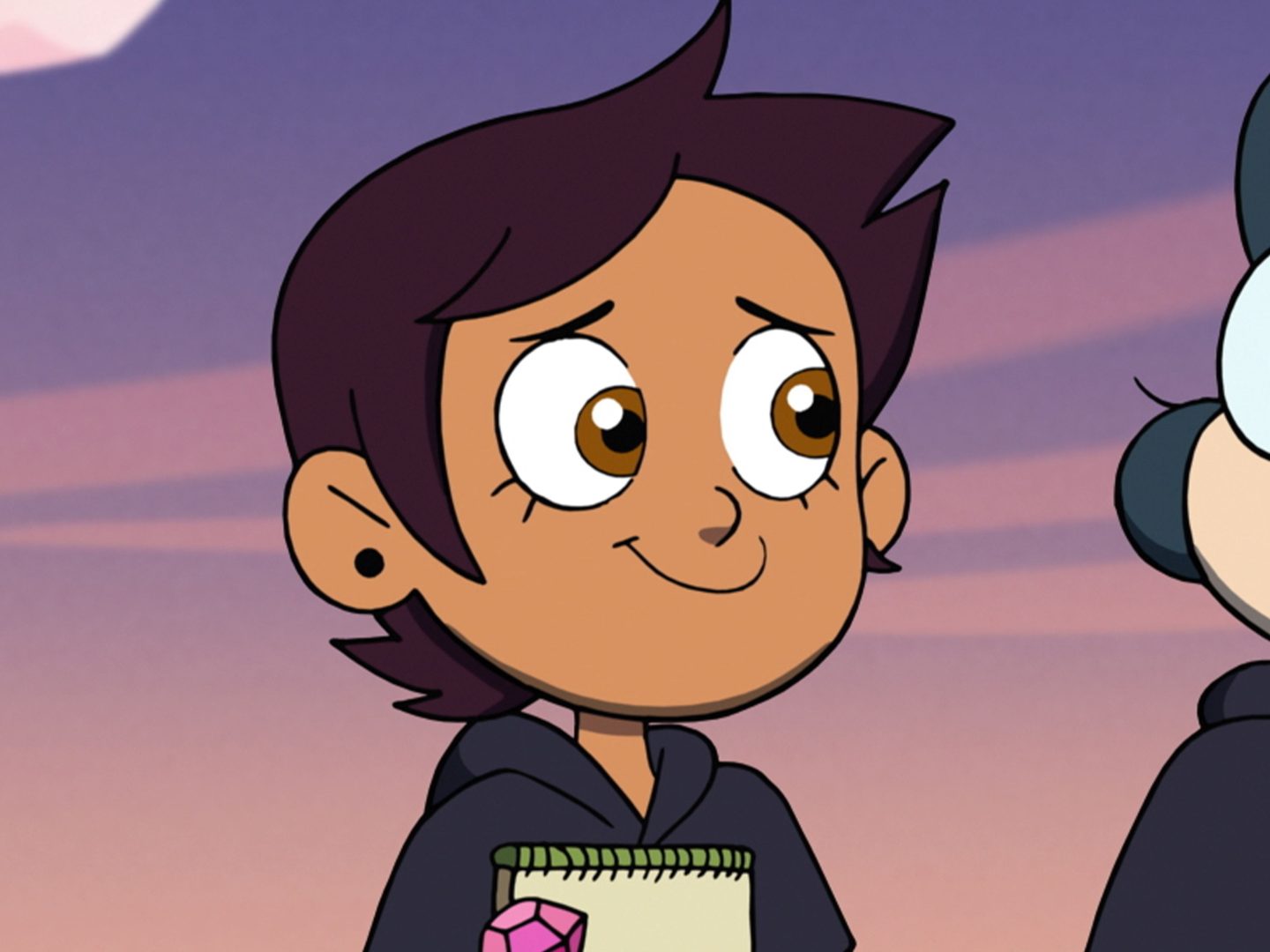
It is not just the Oscars that are disrespecting animation either; companies are mistreating the medium as well. The streaming service HBO Max, as part of the merger between Warner Bros. and Discovery, removed about 36 shows, including a little over 25 animated ones, from its service unannounced last month, according to Screen Geek, CBR and Paste Magazine. Animators were not made aware that their shows were being pulled. Some shows, such as “Little Ellen” and, one of my personal favorites, “Mao Mao: Heroes of Pure Heart,” were even about to get new seasons before they were unceremoniously canceled and wiped, according to Paste Magazine.
HBO Max is not alone here either; Netflix has been putting its own animation division on the back burner. According to TechCrunch, in an effort to make higher-quality animated products, Netflix recently downsized its animation division and laid off 30 animators. Netflix also split one order of “The Cuphead Show” into “seasons” to avoid giving raises to its animators, according to GamerBraves.
Hearing how animation is being mistreated by the entertainment industry breaks my heart, as I have always wanted to learn how to animate myself. There are just so many things one can do with animation that live-action just can not do. Animation can take viewers to compelling, distant lands with unique characters and visuals. Live-action movies can try to do this, but that typically takes a much bigger budget and higher quality special effects, and even then it will not be as convincing as an animated product. Some of the best stories have been told through animation in the same way that some of the best stories have been told through live-action.
Just as there are multiple genres for books, movies and video games, animation also has multiple genres. There is comedy, drama, horror and many others. Yet, it seems like many in the entertainment industry treat animation as if it is its own genre, which is not the case. One wouldn’t put “Catcher in the Rye” in the same genre as “Clifford the Big Red Dog,” so why should animation made for children and adults be lumped together?
Animation is not a genre—it’s a medium, a medium where the possibilities are only as vast as what the animator can draw. It takes time, teamwork and effort to make a high-quality animated product, just like how live-action products are made. Animation has been around for over a century, so it is time to stop treating it like an inferior, childish form of entertainment.
